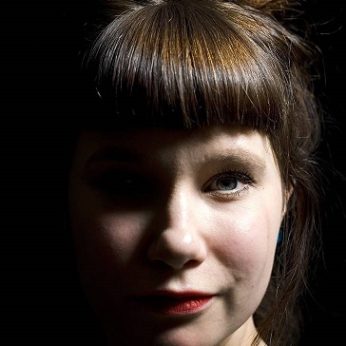Composer: Wolfgang Amadeus Mozart (b. 1756 - d. 1791)
Performance date: 02/07/2015
Venue: St. Brendan’s Church
Composition Year: 1791
Duration: 00:25:20
Recording Engineer: Richard McCullough, RTÉ lyric fm
Instrumentation: 2vn, va, vc
Instrumentation Category:String Quintet
Artists:
Lilli Maijala -
[viola]
Signum Quartet (Kerstin Dill, Annette Walther [violins], Xandi van Dijk [viola], and Thomas Schmitz [cello]) -
[quartet]

Mozart
entered this Quintet in his thematic catalogue on 12 April 1791. It was not
only his last quintet but the last of his chamber music for strings. It was
commissioned by a Hungarian amateur, who is thought to have been Johann Tost.
He was the leader of the second violins in Haydn’s orchestra at Esterháza. He
was also the dedicatee of 12 of Haydn’s quartets, which he would have played
himself as leader. Tost married well and became a cloth merchant and was thus
in a position to patronise the arts. These commissions by bourgeois
music-lovers had become Mozart’s new source of income as a result of the
drastic falling-off in his subscription concerts just as the vernacular opera
with spoken dialogue and magical effects for Schikaneder’s theatre was becoming
a supplement to court opera with its lofty themes and recitative. All the
Imperial court was offering Mozart at this moment was the dance music for the
Redoutensaal Carnival balls. All
including Mozart, was mad about dancing so this may not be quite the insult it
seems to us but was still a criminal waste of music’s greatest genius.
The
first movement opens with the two violas playing the main theme; Mozart like
Dvo?ák played the viola so he probably planned to play it himself alongside
Tost. The delicious two bar motive dominates the whole movement, appearing 56
times in the course of 231 bars, mostly played by the middle voices as the first
violin is kept busy with spectacular bravura passages. The second theme appears
only in the exposition and the recapitulation.
The
Andante brings back the Romanze from Eine kleine Nachtmusik in a series of richly adorned variations,
whose brilliance indicate that Mozart knew how well Tost and his colleagues
could play. The Minuet is based on another non-melody, which is simply the
descending scale of the dominant. He makes up for this with the simple beauty
of the Ländler Trio, perhaps an
unlooked for bonus from all the dance music he was writing. The first violin’s
flowing melody has that unique Mozartian grace that sings with joy and cries
for sadness in the self-same instant. It is then quite exquisitely expanded by
the first viola over a drone from the other parts and then magically appears
with the violins and first viola in unison with the second viola in harmony.
This tiny interlude lasts just over a minute and yet seems to open a gate into
another world.
The
Finale is based on another motive-like
theme that bubbles with Mozart’s irrepressible humour. Tost’s first violin is
given plenty of concertante episodes
but the main excitement is the extravagant counterpoint including two passages
of witty fugato. He certainly never
saw it as a farewell to his epoch-making series of quartets and quintets but it
is fitting that he ends with a smile.
Copyright © 2025 West Cork Music. All rights reserved.
Designed and developed by Matrix Internet